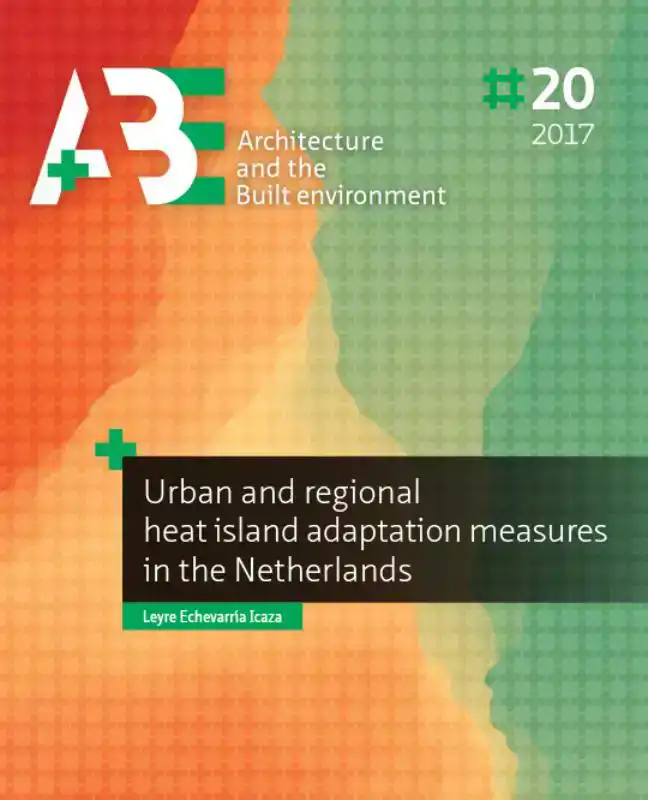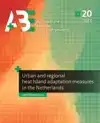- Engels
- Study
- nature & science
- technische wetensch.
- bouwkunde
- URBAN AND REGIONAL HEAT ISLAND ADAPTATION MEASURES IN THE NE
ECHEVARRIA ICAZA, LEYRE
URBAN AND REGIONAL HEAT ISLAND ADAPTATION MEASURES IN THE NE
39,95incl BTW
Vertrouwd sinds 1927
Persoonlijke aandacht en advies
Vanaf 17,50 gratis verzenden NL & BE
Meer dan 150.000 artikelen online
Omschrijving URBAN AND REGIONAL HEAT ISLAND ADAPTATION MEASURES IN THE NE
The aim of this issue of A+BE is to propose urban design guidelines to positively influence the heat islands in Dutch cities and regions. As an architect and urban planner, the challenge was to provide a series of spatial planning guidelines that had
to be open enough to be compatible with other urban planning priorities and accurate enough to mitigate the Urban Heat Island (UHI). This thesis is thus marked by this tension between a generic reflection on the integration of scientific findings wi
thin the vision of a larger urban planning and the need for specific scientific results for the Dutch context. In that sense, we can differentiate two parts in the research: the articles with a theoretical component and the articles with a practical
approach.
-- The articles with a theoretical component study the relevance of the phenomenon at a national and international scale, its implications (lack of comfort, an increase of mortality, energy consumption...) and existing online tools
to assess it (chap 2). They also investigate the relevance of the regional vision to prevent the formation of the urban heat (chap 3), and propose catalysing mapping strategies (chap 4).
-- The articles with a practical approach specificall
y study the formation of the UHI in the Netherlands at different scales: they assess the phenomenom in the existing urban environment (chap 5 and chap 6), they develop urban design guidelines for the assessment of urban heat in future development are
as (chap 6) and they propose spatial guidelines for the interventions at the landscape scale (chap 7).
to be open enough to be compatible with other urban planning priorities and accurate enough to mitigate the Urban Heat Island (UHI). This thesis is thus marked by this tension between a generic reflection on the integration of scientific findings wi
thin the vision of a larger urban planning and the need for specific scientific results for the Dutch context. In that sense, we can differentiate two parts in the research: the articles with a theoretical component and the articles with a practical
approach.
-- The articles with a theoretical component study the relevance of the phenomenon at a national and international scale, its implications (lack of comfort, an increase of mortality, energy consumption...) and existing online tools
to assess it (chap 2). They also investigate the relevance of the regional vision to prevent the formation of the urban heat (chap 3), and propose catalysing mapping strategies (chap 4).
-- The articles with a practical approach specificall
y study the formation of the UHI in the Netherlands at different scales: they assess the phenomenom in the existing urban environment (chap 5 and chap 6), they develop urban design guidelines for the assessment of urban heat in future development are
as (chap 6) and they propose spatial guidelines for the interventions at the landscape scale (chap 7).
Leesfragment
Specificaties
- MerkBK Books
- GroepTECHNISCHE WETENSCH (950)
- Barcode9789492516923
- LeverstatusActief
Reviews
0.0/5.0
Gemiddelde uit 0 reviews
Meest behulpzame reviews
Nog geen reviews geschreven


